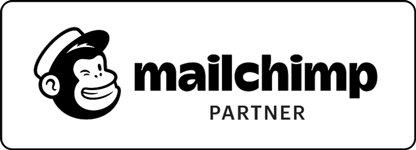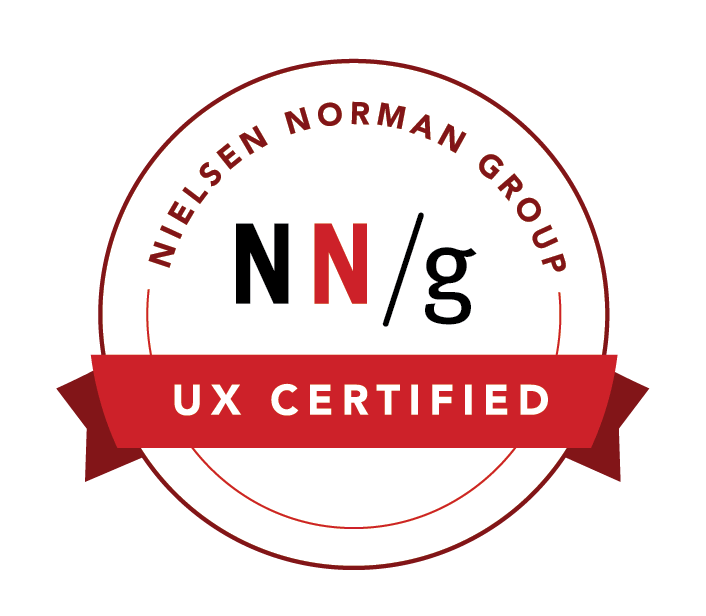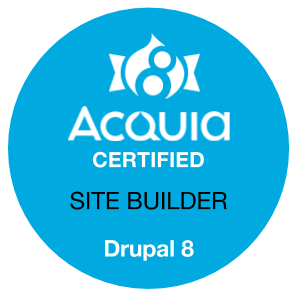Optimizing Product Pages for Results
December 5th, 2019
You’ve put together a dynamic, engaging social media plan that is driving customers to your product pages, but are those product pages converting as well as they could be?
It’s tempting to think that the out-of-the-box options provided by your shopping cart software of choice should do enough to make sales happen. However, features and functionalities aren’t the only thing you need to consider when optimizing product pages.
Use this list to update your pages and get more sales:
Image Optimization
With the growth of platforms like Instagram and Pinterest—even the development of emojis—we’re relying more and more on imagery for information. Take this into consideration for your product pages. Show your product from different angles, in use, and in various colors, if applicable. Linking your variants (color, aroma, style, etc.) to images boosts conversions. Also, short videos demonstrating your product carry a lot of persuasive weight for customers when deciding between products.
Copywriting Optimization
If you’ve set up your marketing strategy appropriately, you have created a profile for your ideal customer. Copywriting that converts addresses that ideal customer and the needs they have. Using your brands tone and voice, include information that addresses questions your ideal customer might have. The length of copy for a product description is mostly dependent on the price point of the item. Lower-priced items likely only need a short, direct description. Higher-priced items require more details, and lists of features to substantiate the cost.
Social Proof on Product Pages
Including customer testimonials and reviews allows your customers to read about real experiences with your products. Many times, a review from a customer might mention the use of your products features in a way that applies directly to someone else. Through testimonials and reviews, sentiment is shared and trust is built as construct a meaningful reputation with customers.
Access to Customer Service
Make it easy for your customers to get their specific questions answered by deploying a chatbot on your site. There are many options you can choose, from standard FAQ-type of chatbot messages, to a live assistant available 24/7. Enabling this type of question-answering service removes potential buying barriers.
SEO Optimization of Product Pages
With Google Search Console, perform keyword research and make a list of terms your customers use to find product on your pages. Once this list is established, optimize product descriptions, meta title and meta descriptions with relevant keywords. In all images, make sure the image alt attribute field is complete with the appropriate keyword phrasing. When appropriate, link to other products or blog articles on your site to create an internal linking structure.
Use Data and Make Adjustments
Marketing without data is like being in a house of mirrors, everything is a reflection of your company, and you can’t tell which way leads to your goal. Adding Google ecommerce tracking to your site will reveal your product page impressions, average order value, conversion rates, time to purchase, and more. Regularly review ecommerce analytics, make relevant adjustments to product pages and document the results. Making decisions based on ecommerce tracking, will directly impact your bottom line.
If your product pages aren’t converting, it may be time to take a look at ways to optimize performance, or reconsider your shopping cart system. If you’d like better results with your ecommerce site, we want to talk with you. Contact us now to learn how we can take your results from awful to awesome.





